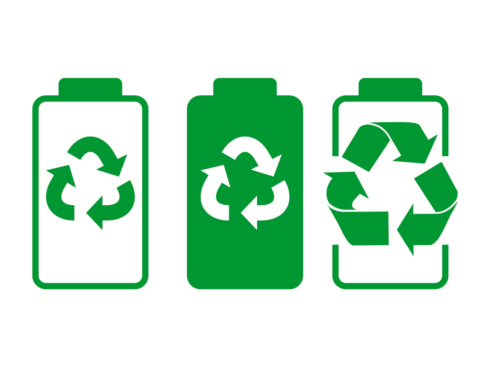While lead-acid batteries are robust and cost-effective, their installation must be done with careful consideration of environmental factors. This is important not only for battery longevity but also for environmental protection. Here are the key environmental considerations during installation.
1. Install in a Temperature-Controlled Environment
Temperature greatly affects the performance and lifespan of lead-acid batteries. High temperatures can accelerate the degradation of battery components, while low temperatures can reduce battery capacity. Install the battery in an environment where the temperature is controlled or falls within the battery’s recommended operating range, typically 20–25°C.
2. Minimize Exposure to Moisture
Moisture can cause corrosion of the battery terminals and other components. Ensure that the installation area is dry and that the battery is not exposed to rain, humidity, or condensation. If the battery must be installed outdoors, use enclosures that offer protection from the elements.
3. Avoid Direct Sunlight
Direct sunlight can cause the battery’s temperature to rise, leading to thermal runaway or reduced efficiency. Always install the battery in a shaded area or within an enclosure to protect it from direct UV radiation.
4. Handle Battery Disposal Responsibly
Lead-acid batteries contain toxic materials like lead and sulfuric acid, which can be harmful to the environment if not disposed of properly. When replacing or disposing of batteries, follow local environmental regulations and recycle the battery at an approved facility.
5. Use Fire-Resistant Materials for Enclosures
Lead-acid batteries can be prone to thermal runaway under certain conditions, which may cause fires. Ensure that the battery is housed in a fire-resistant enclosure, especially if it is part of a large-scale installation, such as in a renewable energy system or data center.
6. Plan for Spill Containment
In case of a battery leak, have a spill containment system in place. This is especially critical for flooded lead-acid batteries, which contain large amounts of sulfuric acid. Install batteries in a location where any accidental leaks can be safely contained and neutralized.
By considering these environmental factors, you not only protect your lead-acid battery investment but also help minimize the environmental impact of battery usage.


